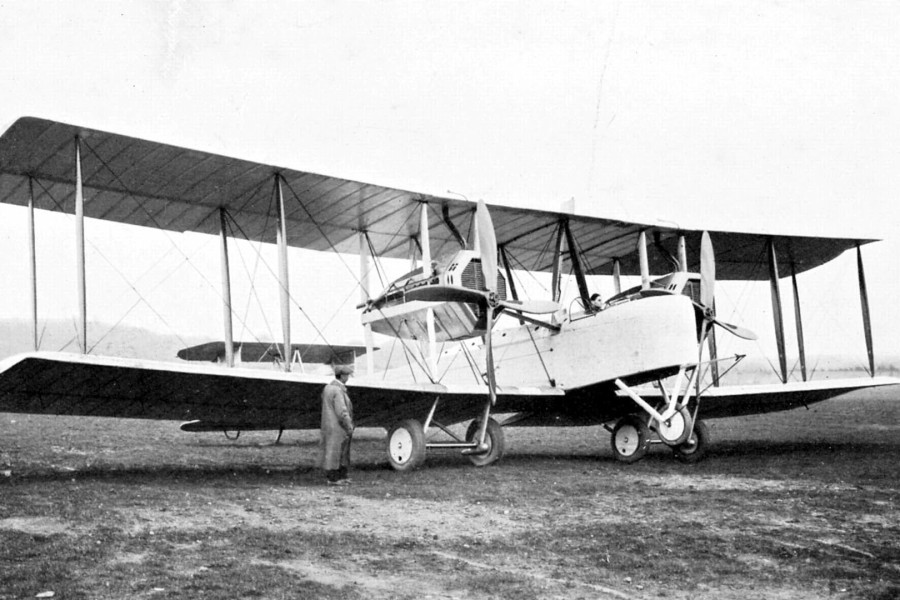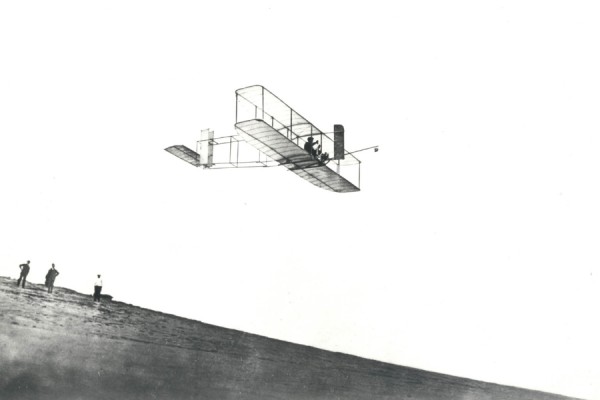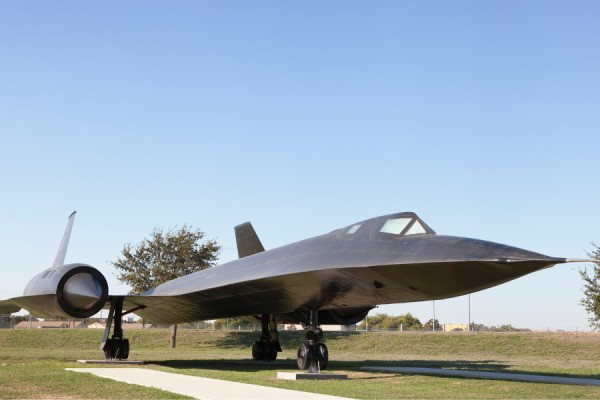- History
- 1 year before
Alcock and Brown: The First Moment of Flight Across the Atlantic
“In 1919, Alcock and Brown became the first pilots to cross the Atlantic non-stop. This daring flight expanded the boundaries of aviation and inspired future
-

- 1 year before
- Category: History

Alcock and Brown: A Milestone in Aviation History
The year 1919 witnessed a groundbreaking event in aviation history: two intrepid aviators, John Alcock and Arthur Whitten Brown, became the first to fly non-stop across the Atlantic Ocean. This feat was a triumph of both technical prowess and human spirit, inspiring generations to come and forever pushing the boundaries of aviation.Birth of the Heroes
John Alcock, a seasoned pilot, had flown in numerous aerial combats during World War I. After the war, he turned his attention to civil aviation, determined to test his limits. Arthur Whitten Brown was an expert in engineering and navigation. Together, the two aviators shared a vision: to fly across the Atlantic.Anatomy of a Pioneering Flight
In June 1919, Alcock and Brown set off from Newfoundland to Ireland in a Vickers Vimy, a twin-engine bomber. Their journey was fraught with challenges: thick fog, icing, and even engine trouble. Yet, they persevered through it all, successfully landing near Clifden, on the west coast of Ireland, 16 hours and 28 minutes after takeoff. It was a defining moment in aviation.Technicalities and Impact
Alcock and Brown's achievement highlighted the importance of not only courage and determination but also meticulous preparation and equipment. Here is a summary of their historic flight:
In the aftermath of their flight, Alcock and Brown received numerous accolades, and their feat served as proof that long-distance commercial flights were indeed possible. It also played a pivotal role in the development of international airmail services.





